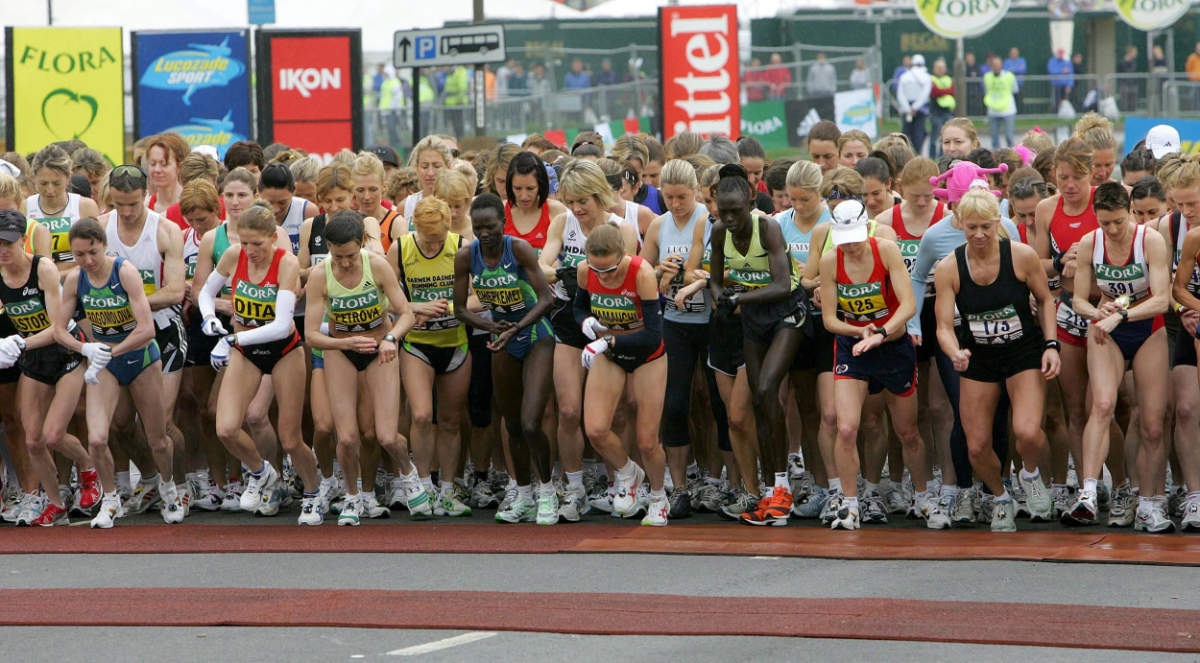Whether you’ve signed up to the London Marathon, or you’re looking further afield to more exotic stretches of hot, dusty road, tackling more than 26 miles of running non-stop is no small feat. With a few months to go until the Virgin Money London Marathon on April 26, 2020, Liz Connor talks to the pros about preparing for your first marathon.
Preparing for your first marathon training guide
Whatever your ability or ambition, marathons are notoriously tough, both physically and mentally – so it pays to think about a game plan in the lead-up to the big day.
As well as diligently racking up the miles with a solid training regime, arming yourself with insider knowledge will give you the best chances of completing the race pain-free and in your target time – and you might even achieve that elusive smiling, sweat-free selfie at the other end too.
We asked experts including the fastest woman in marathon history – Paula Radcliffe – to share their top tips and marathon advice, to help you navigate training, racing and recovery after the big day…
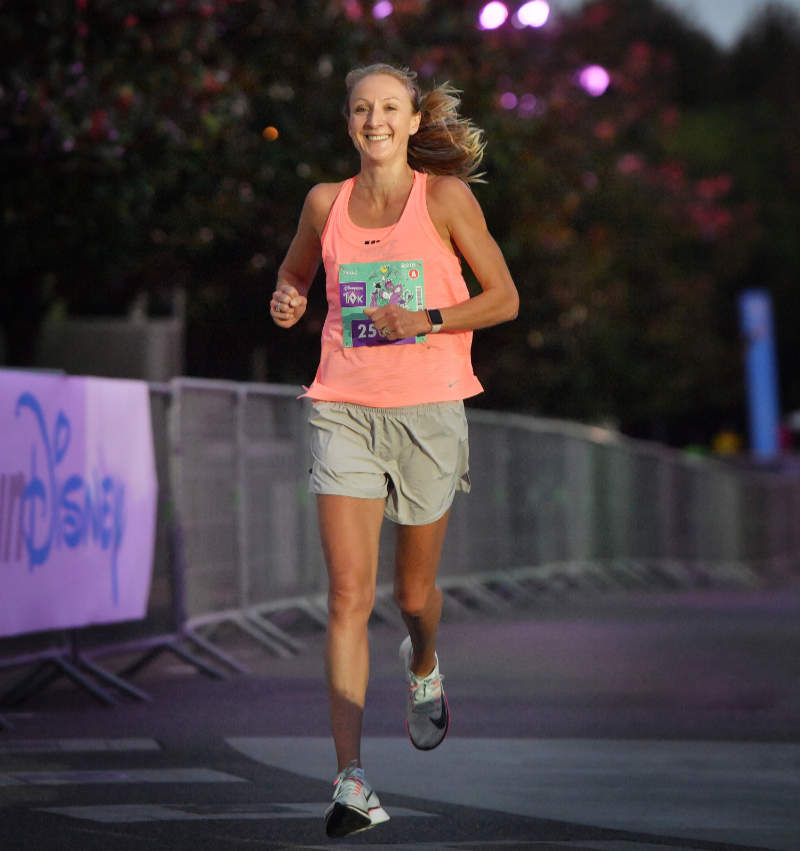
Marathon preparation
While a lot of focus is on race day itself, marathon success comes down to the training and preparing for your first marathon. Skip the preparation and you’re in for a tough, almost impossible run. Training allows you to build up your endurance and improve your health and fitness levels in order to take on the run.
1. Don’t neglect your strength work
“Yes, the marathon is an endurance event, but the cornerstone to being able to cope with the volume of running required is to ensure your body is strong and resilient enough to stay injury-free,” says Luke Worthington, elite trainer at Third Space. He believes core stability and glute strength should be the priorities when preparing for your first marathon in bulletproofing your body for marathon day, so it’s wise to build cross-training activities, like barre, yoga and HIIT, into your weekly plans.
“If you look at the start line of any public marathon event, you’ll see a plethora of knee supports and brightly coloured corrective tape – these people are starting the event injured, and will likely have picked up certain niggles from their training methods,” says Worthington. “The majority of overuse injuries can be traced back to simply not being strong enough.”
Read the Wise Living guide to weight lifting for seniors video and exercise guide for effective training.
2. Get a marathon running coach
“Completing a marathon is no mean feat and for the most part, running is an individual sport,” says Worthington. “However, investing in a few sessions with a running coach to look at your technique will pay you back tenfold.” As well as helping you to build a proper training plan, a qualified PT can look at your gait to identify any biomechanical issues that can lead to overuse injuries, such as shin splints, compartment syndrome, anterior knee pain or Achilles pain.
Read the Wise Living guide to finding a personal trainer to help with preparing for your first marathon.
Marathon race day
3. Stay warm at the start
Many runners will race in less clothing than they would train in, opting for light pieces that will keep you cool on a long run, but it’s worth bringing additional layers so you don’t freeze on the starting line. “You might not realise quite how much standing around you have to do for a running race,” says Max Willcocks, Balance Festival ambassador and ultra marathon runner. “Once you drop your bag, there is usually a lot of standing around in the cold, waiting for the race to start. It’s acceptable to wear some disposable clothing that you can cast aside at the last minute,” says Willcocks. In fact, the Boston Marathon gathers 26 tonnes of charitable clothing each year from runners who leave their belongings on the start line before the race.
4. Eat a good breakfast
Getting a good breakfast is crucial: choose wisely and it will give you the fuel to push through the hardest miles. Opt for a satisfying bowl of low-GI oats, which slowly release energy and help keep your blood sugar levels steady. Worthington notes that race day is “not the time to try any crazy diet tricks”.
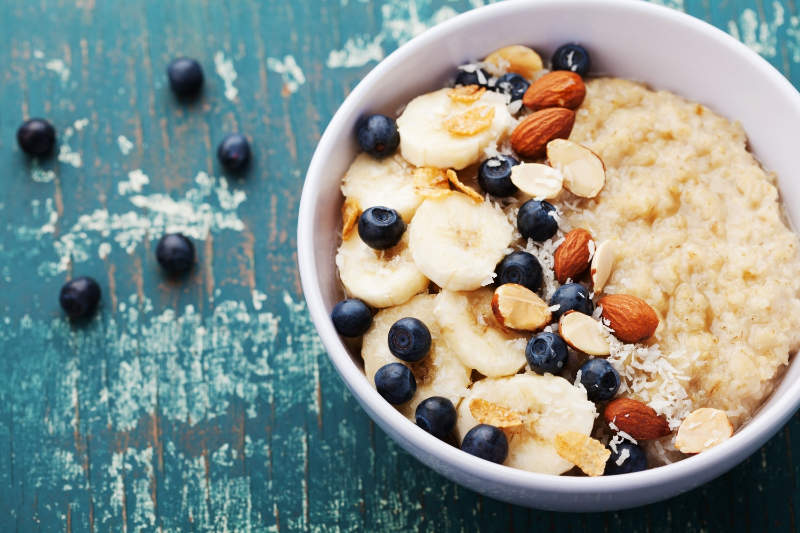
Eat what you would usually eat on a normal training day, and pick foods that you know have worked for you before. “Chances are, you have to wake up really early and just getting to the start of the marathon can take a lot of time,” says Willcocks. “Think ahead and maybe pack a banana for last-minute fuel.”
5. Be sensible with your footwear
Turning up to a race in brand new kit might look good – but it could well be a kiss of death. “Don’t fall into the trap of treating yourself to a brand new pair of kicks for your big day,” says Worthington. “Run in the shoes you’ve been training in, because two hours into a marathon isn’t the time to realise you’re getting blisters. By the same token, don’t try it in a pair that are completely worn out – a month of training use will be perfect.”
Read the Wise Living guide to how to select running shoes for a marathon.
6. Breathe properly to avoid stitches
Marathons hurt. The dreaded side stitch can be crippling for endurance athletes, so spend some time working on your breathing mechanics. “Stitches are a direct result of excessive dysfunctional breathing,” says Worthington. “We have a large muscle through the middle of our bodies specifically designed to draw air into the chest cavity, but in order for the diaphragm to do its job, it has to be in the right position to do so.”

‘Accessory’ respiratory muscles, such as the scalene muscles and upper traps, have other roles to play during exercise, but will have to pick up the slack if your diaphragm is not in proper position. This is when your muscles get overworked and cramp can happens. “Counteract this by working on your alignment and breathing mechanics as part of your race day prep,” says Worthington. “If the worst should happen during the event and you get hit with a stitch, try exhaling for for four strides, inhaling for two, and making the exhale as forceful as you can.”
7. Get some Vaseline
Chaffing is a rite of passage for a runner, but it can be avoided with the right clothing and a slick of Vaseline and is a quick and easy part of preparing for your first marathon, which Worthington calls “an endurance athlete’s best friend”.
“Chaffing is no joke and can cause some major damage,” he says. “Nipples and inner thighs are most at risk, and greasing them up will be worth it in the long run.”
8. Everyone supporting is your best friend
Even if you’re not the competitive type, the energy and atmosphere of race day is often what draws many runners back, year after year. “Write your name in big letters on the front of your running top,” says Willcocks. “You’ll be surprised how many times people will cheer you on personally. It makes a big difference.”
Paula Radcliffe on preparing for your first marathon
Getting a place in a marathon is a mixture of elation and fear. You’ve battled the marathon ticket ballot – now it’s time to tackle 26.2 miles. Whether you’re looking to hit a personal best or you’re just praying to get around the track in one piece, being a first-time marathon runner can be daunting stuff.
Whatever way you look at it, 26.2 miles is no easy feat, and running for hours on end is a test of sheer mental determination.
And while it’s pretty much guaranteed that your feet will take a painful battering, there are a few things you can do to make the race day ride a little bit easier on your body, and who better to school us in all things running than Paula Radcliffe?
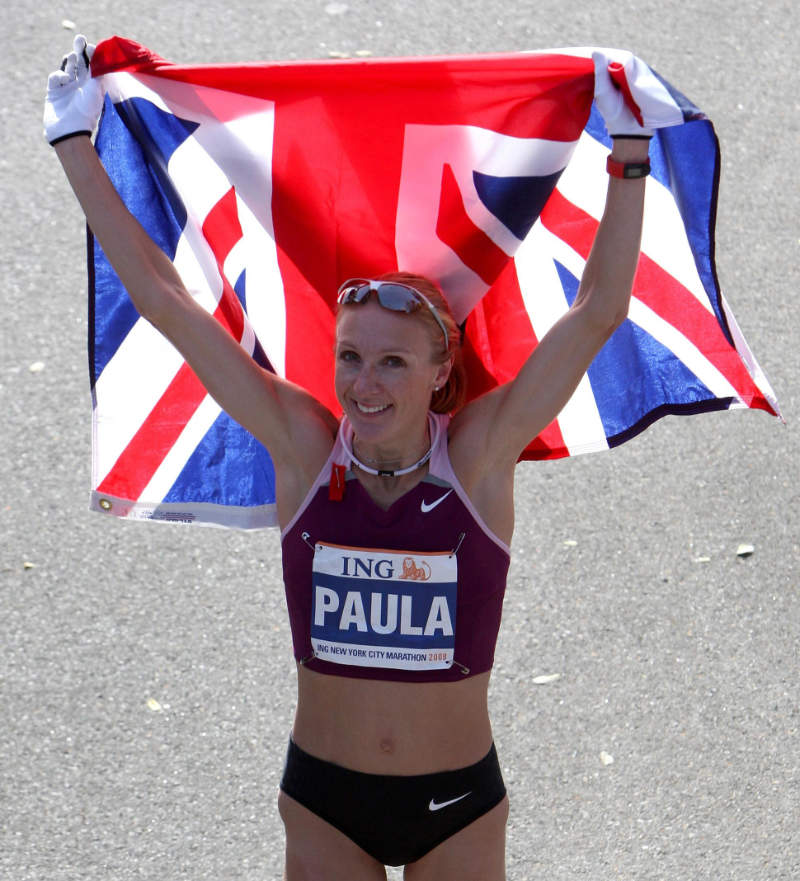
As the undisputed female boss of long-distance pavement pounding, she knows a thing or two about getting race day ready.
We asked the former Olympic athlete, who ran her best marathon in an incredible 2 hours, 15 minutes and 25 seconds, to share some of her top tips for first-timers.
9. Eat well the night before
The pre-race day nerves might kill your appetite, but it’s important to eat lots of easily digestible carbohydrates the day before the klaxon sounds, as fuelling right can make or break a race.
“Just stay relaxed about it,” says Radcliffe. “Try and get something decent to eat the night before, because usually marathons are an early start, so breakfast is going to be something you’ll grab fairly quickly.”
Tortillas, bread, pasta, pancakes, and potatoes are all good options to fuel your glycogen stores for long-lasting energy.
10. Wear something warm for the start line
The wait at the start of a marathon can be longer and chillier than you think, especially when you factor in rainy, cold UK weather. Many runners will race in less clothing than they train in, opting for sweat-wicking shorts and vests, but it’s worth bringing additional layers so you don’t freeze.
“Take something to keep you warm at the start because you’re hanging around for a little bit before you get started,” advises Radcliffe. “Pick something that you can chuck away when [the race] gets underway.”
If you’re worried about clothing waste, check the green credentials of your race. For instance, the Boston Marathon gathers 26 tonnes of clothing each year from runners who leave their belongings on the start line, and donates it all to charity.
11. Take breaks when you need them
Staying safe during marathon running is all about listening to your body. Everyone’s fitness level is different, so even if everyone else around you is maintaining a steady pace, don’t feel ashamed to walk if you need to take a breather.
“If you want to take a break, stop and get a picture instead,” says Radcliffe. “It’s a great way to break [the race] up because the marathon’s quite intimidating for people to begin with.
“Tell yourself, ‘I’m going to do a couple of 4 or 5K runs, and then I’m going to stop at each one and grab a picture’. It makes it much more manageable.”
12. Don’t wear new kit
“The big mistake that people make for any running event is wearing new kit on the day,” says Radcliffe. Make sure you’ve put your trainers through several long runs before you attempt to spend almost 30 miles in them.
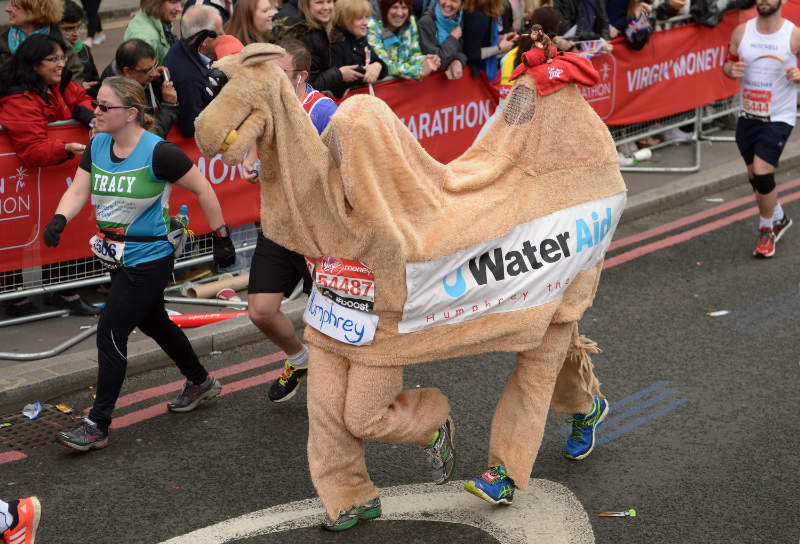
Costumes can help with fund-raising efforts, but they can also hinder your chances of completing the race. That hilarious furry costume you’ve spent weeks putting together might look also great in photos, but you’ll be less thrilled about it when you hit mile 20 and you’re boiling-hot. You need to buy the right kit when preparing for your first marathon.
“Either start with your costume or finish with it,” says Radcliffe, “but have somebody that hands it to you so you’re not carrying it around the whole course. That way, you can still be part of the spirit.”
13. Don’t burn out in the first few miles
Marathons hurt, but it’ll be even more painful if you use up your energy stores by sprinting through the first few miles. Be sensible and take the easiest miles at a steady and manageable pace.
“Don’t start off too quick,” warns Paula. “Take advantage of the scenery and just hold yourself back, because it’s much easier to run the last part quicker, rather than the first.”
Preparing for your first marathon video
Whether you’re running the Virgin Money London Marathon on April 26 or another 26.2 mile event this year, it’s a huge undertaking if it’s your first time.
Anyone training for long distances needs to be doing the correct stretches and building up power in the legs with different exercises, to help with endurance.
From how to track your progress, to how much water to drink, we get the low-down from celeb personal trainer, Bradley Simmonds, who’s trained the likes of Louise Redknapp and Theo Walcott.























































